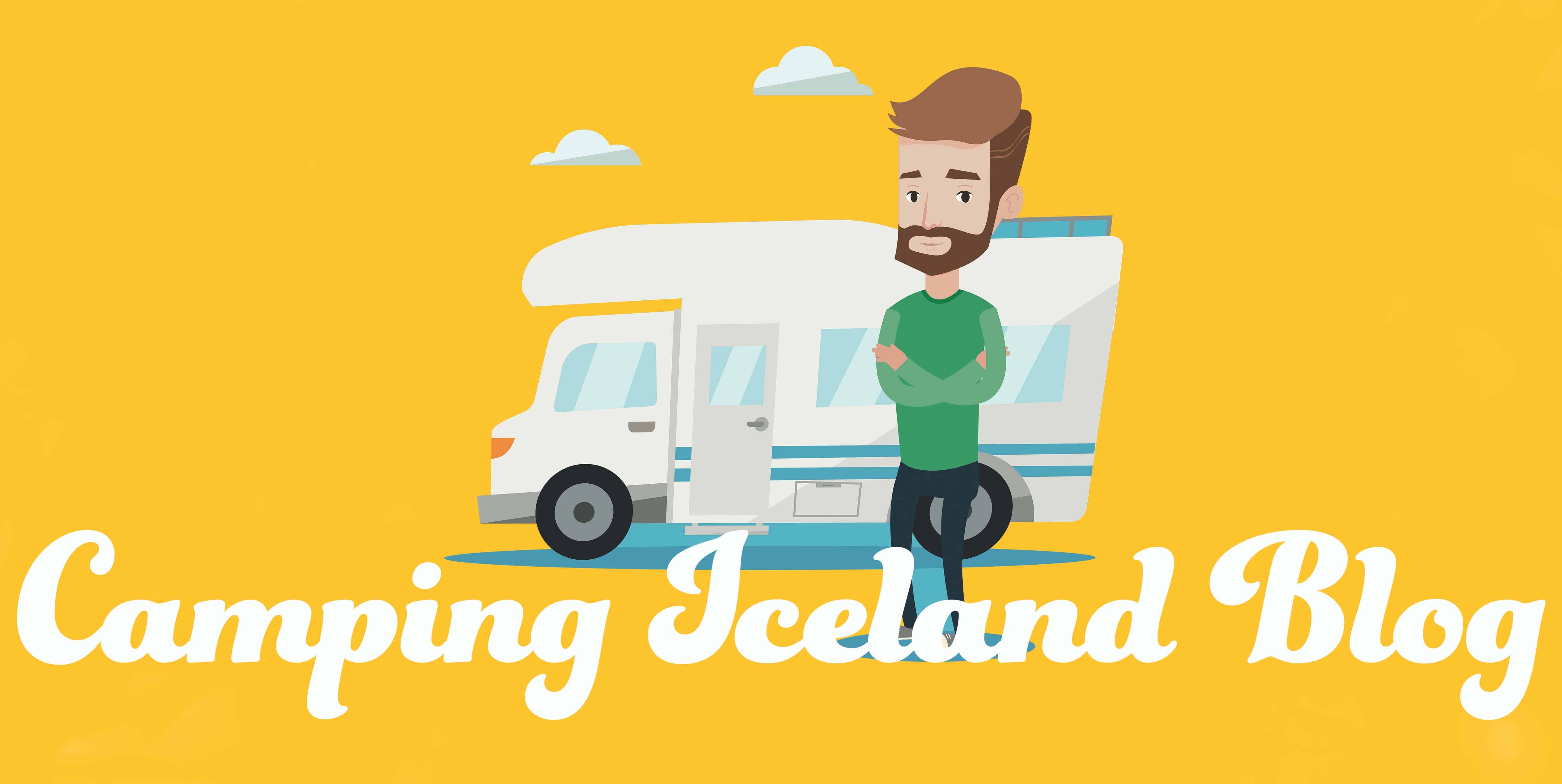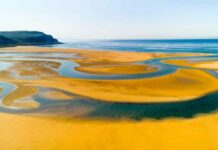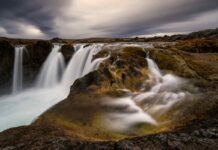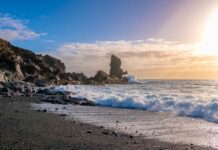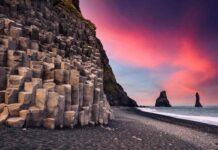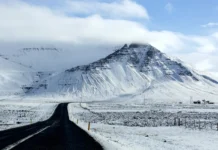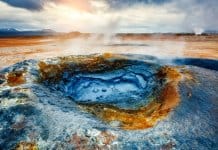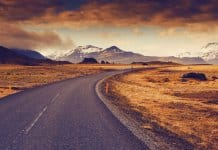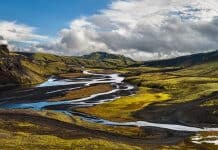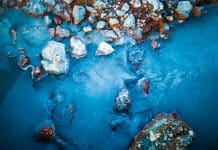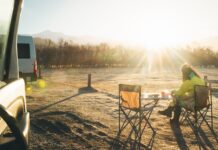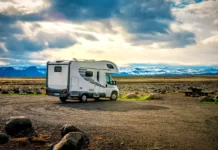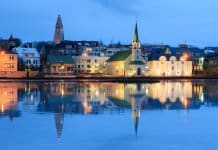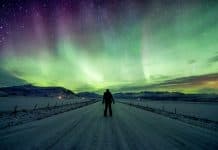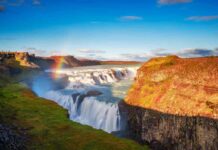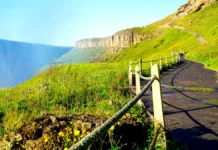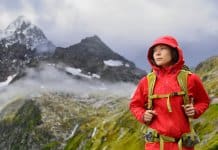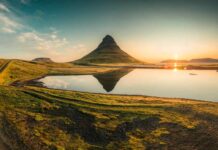Winter is coming. You couldn’t hear me, but I definitely just said that in a Ned Stark accent. I would put good money that you read it in his accent when you saw it though. Weird, right? I digress. The sun is setting sooner, the winds are picking up, and it seems like all of the snow in the universe will soon be here. I will genuinely miss summer, but fall has got something that summer doesn’t. Can you take a guess? Only nature’s best natural light show. Only the coolest real world visualization of physics coming to life. I am of course talking about the Aurora Borealis, or the Arctic Northern Lights. You have seen photos of it, but how much do you actually know about it?

What Time of Year Do the Northern Lights Happen in Iceland?
The most straightforward explanation is from mid-September till mid-April. But, it also depends on where you live, and what kind of luck you have. Trying to find the Northern Lights can sometimes feel like Icelandic whale watching. Meticulous. But, all of the sudden, BOOM! They appear and tear the heavens apart with their beauty. So, if you re looking for the best time to come, and hunt down these illuminated anomalies head here between fall and winter (or very early spring). You will be sure to catch a heavenly laser light show.
What are the Northern Lights
Here in Iceland, we are lucky to be positioned so geographically perfectly to see the lights as frequently as we do. Many of the sub-arctic and arctic countries also have regular Northern Light displays. Have you ever stopped to think about what causes this scientific phenomenon? I bet not.
The Northern Lights occur when a complex sequence of actions involving solar energy, the activity of the sun, and the earth’s magnetic field combine.
What happens is, the solar energy, or solar particles, enter our atmosphere at an incredibly high altitude. Once this happens, these particles are ionized (due to the elevation at which solar particles interact with the magnetic field) and begin casting green, pink, purple, blue, or orange-colored Northern Lights. These previously mentioned colors are very rare, but they do occur every once in a while. More often than not, a saturated and vibrant green hue is cast across the sky.

How to See the Aurora Borealis
Reykjavik, and just about anywhere in Iceland, holds an incredible leg up over its other European capital cities: you can actually catch the Northern Lights from downtown. In Iceland, all you need to spot these fickle flowy Icelandic ethereal waves is little to no light pollution and a smidge of luck. Sometimes conditions could be perfect to watch Iceland’s memorizing atmospheric display, but they may not come at all. However, taking a guided tour may be your best bet to secure a viewing of the lights.
Guide to See Northern Lights
I am always a fan of self-driven and solo tours when possible, but sometimes you just need certainty. In no way can a guided Northern Lights tour of Iceland guarantee that you will see them. However, it does exponentially increase your odds (and I am always a fan of that). These guides have been finding the best locations to view the pulsating emerald ghosts of solar energy for years. By trusting a knowledgeable local Icelandic guide, I can almost guarantee that you will be able to find the lights.
If you are in Reykjavik, I have to say the best place to see the lights is far away from the city. Preferably by the water. In a lot of Icelanders’ opinions the best location to see the Northern Lights in Iceland is at the Grótta Lighthouse on the Seltjarnarnes Peninsula. There is no light pollution, and you are simply left with your thoughts and the stars.
Tips for Taking A Photo of the Northern Lights
Snagging a photo of the Northern Lights is easily a top highlight from your trip to Iceland. Having pictures of things as incredible as seeing the Northern Lights, will just continue to drive you to explore more of this world. It is notoriously difficult to expose a picture of the Northern Lights correctly, especially if you have never done it before. Let me give you a hint. Take a tripod and a flash with you. Practice exposing people by moonlight with a flash (at slow shutter speeds), and after you master that you should be good to go. Also, remember to shoot in manual mode as much as possible. It will make you such a better photographer.

Fall is Coming and So are Iceland’s Northern Lights
If you were sad that you missed out on Icelandic summer, don’t worry: it can be overrated. The fall and winter are when our country becomes alive. There is no better evidence of that than the Northern Lights. You may have to suffer through a little bit of cold, and wind, and maybe you have to wait a while sometimes. But the first time you see the Aurora Borealis, it will blow your mind. Read up about the area you will be staying in to find the best option for your own Northern Lights tour. And remember, keep those cameras charged for photos. They have been known to die from arctic winds quickly. Good luck.
